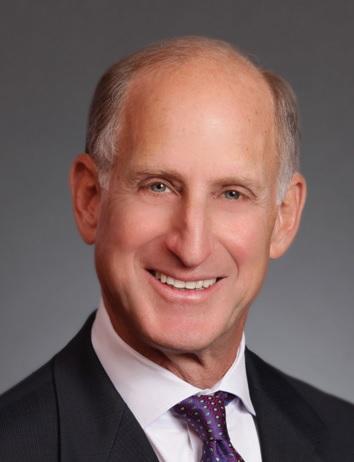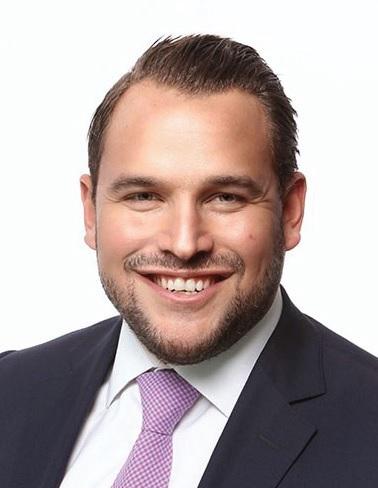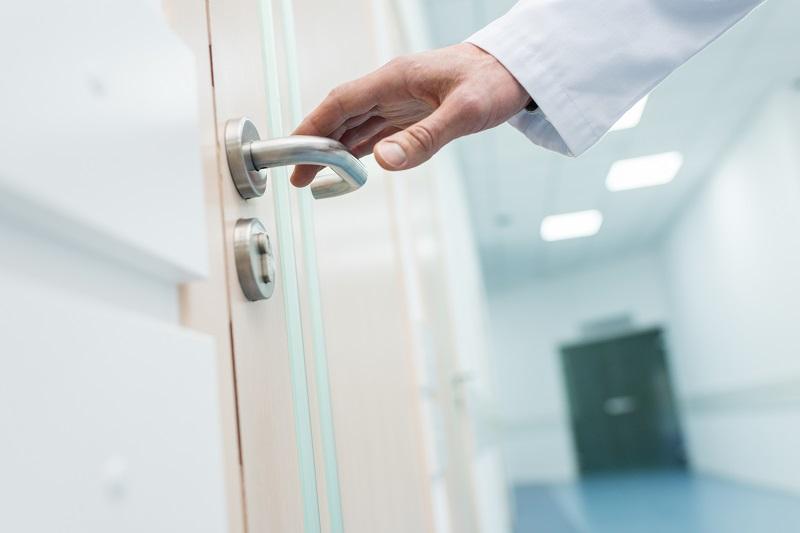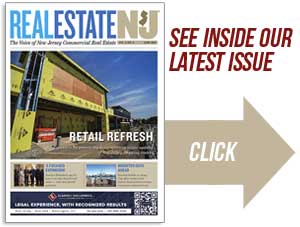West Orange-based Atkins Cos. has sold some of its long-held medical office buildings in the region, capitalizing on surging investor demand for the asset class as it looks for more opportunistic ways to expand its portfolio.
By Paul Bergeron
Commercial real estate’s medical office sector has never been healthier.
Increased demand for health care, enthusiastic investor interest in the segment and the lack of supply have made it one of the most attractive asset classes in 2021. And buyers’ recent rotation out of hotels and retail — as a result of the pandemic — has put even more focus on spaces that house doctors, hospital networks and other tenants providing vital services.
It has provided a new opportunity and new considerations for West Orange-based Atkins Cos., which has owned and developed medical office space since the 1970s. Charles “Chick” Atkins, a principal with the family-owned firm, said he’s not seen capitalization rates for medical office properties this low in 40 years — roughly 5 percent on average and as low as 4 percent for higher-end assets — in an indication of rising values.
In early November, Atkins Cos. sold a six-building, 250,000-square-foot medical office portfolio in four states, as it turns its focus to new acquisitions after its longtime ownership of the properties. Its portfolio currently comprises seven properties.

“We generally like to hold, but in this case, we took advantage of an overheated market,” Atkins said. “We want to continue to invest in this sector, in New Jersey, or elsewhere in the Mid-Atlantic region, but we’re being more opportunistic now. We’re wanting to buy properties where we know we can add value.
“At this moment, we’re being very careful, given the valuations.”
Atkins said there had been “a slow ascent” in interest in medical office buildings, and that pace picked up in the past two years. In 2021, he said, the pricing on “really high-quality properties has been excellent.”
He added that the pandemic “showed us that medical office buildings really are a recession-resistant real estate segment.” While retail and hospitality properties suffered from move-outs and shutdowns in the past year, he said, “there weren’t any doctors closing their offices. Health care is in much demand, and it always will be.”
Atkins said the recent dominance of bigger players such as RWJBarnabas Health, Atlantic Health System and Hackensack Meridian Health — as well as large private groups like Summit Health — has helped interest and value grow in New Jersey’s medical office buildings.
“Years ago, medical offices were mostly smaller offices with a few doctors,” Atkins said. “Those are basically obsolete today. When those properties became larger, and included many more individual doctor tenants, they became more challenging to manage — all of those individual tenants and their needs — which was not attractive to larger investment groups.
“Properties that now are operated by larger medical companies such as hospitals with better credit have meant greater value and return for investors.”
Atkins noted that the seemingly imminent rising interest rates could affect medical office building pricing, but not demand. He said inflation will likely mean rents should increase more than the usual 2 percent annual hike for the short term.
And while there has been growing interest and use of telehealth services, Atkins said he does not see it affecting medical office building valuations.
Ben Appel, an executive managing director of global health care services with Newmark, said he sees energetic near- and long-term fundamental drivers in the medical office sector, “including significant new allocations of capital into MOBs, as well as reallocations away from sectors such as hospitality, professional office and retail.”

Appel, who advised Atkins on the recent portfolio sale, said “there is $300 billion of dry powder in open-ended funds, $77 billion of which is allocated to ‘alternative’ real estate assets including MOBs, life science, seniors housing, student housing and storage centers.
“Yet, the year-to-date transaction volume is $51 billion. So, there is 50 percent more capital demand, and that money has to find a home. Investors have found stability in medical office, as a long (weighted average lease term), income growth, high credit, a sticky tenant asset class.”
He added: “There’s quite a bit of runway right now, and as billions of dollars of joint ventures are currently being formed, this is just the beginning.”
Appel said he’s seeing properties that had 5.5 percent cap rates a year ago now going for 4.5 percent or lower. He’s also seeing “appetites expanding” and greater interest in behavioral health and outpatient rehabilitation services properties.
“With the best of the best buildings, in the best locations, and with the highest number of qualified tenants, the cap rates are in the high threes and low fours,” Appel said.
He said other factors contributing to the investment surge are that “we are an aging population and a highly insured population. It doesn’t matter if you are living in New York or middle America or anywhere, you need health care services.”
For the record
The Newmark team of Ben Appel, Jay Miele, Michael Greeley, John Nero, Ron Ott and Adam Goss of the firm’s National Healthcare Capital Markets Group represented Atkins Cos. in its sale of a six-building, 250,000-square-foot medical office portfolio in Connecticut, New Jersey, Ohio and Pennsylvania. Two undisclosed real estate investment trusts purchased the buildings, which are home to a mix of hospital and physician networks, for an unspecified price.
Paul Bergeron is a freelance reporter based in Herndon, Virginia.










